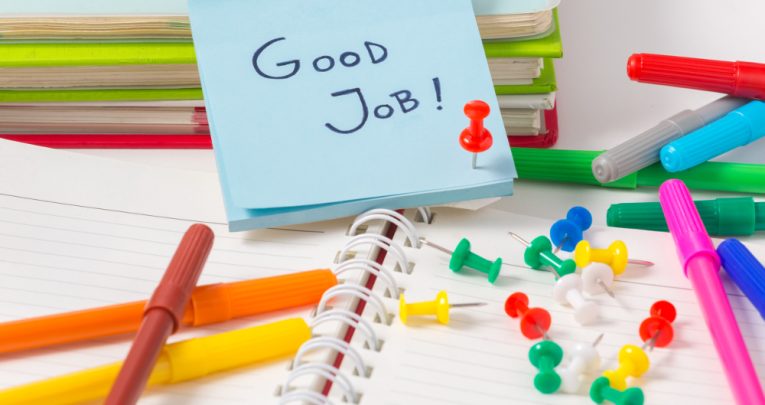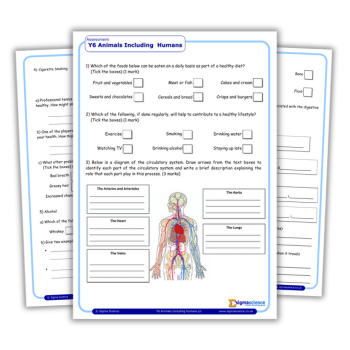How Can you get Students to be More Open to Feedback?

We all have pupils who switch off or don't take kindly to academic advice, so how do you get them to listen? Andy Griffith has some ideas…

- by Andy Griffith
- Trainer, teacher, consultant and writer Visit website

Not all students are good at receiving or taking feedback. Some can be too proud to listen, some lack the necessary interest, while others may dislike, mistrust or not respect the person giving the feedback.
In these situations even the best advice/feedback will be wasted and the recipients will simply tune out.
So how can we get students to be more open to feedback?
One way is through modelling. If we want students to be more open, then actively encouraging them to be honest with us about our teaching effectiveness is vital.
When lots of students are comfortable saying to a teacher, “I don’t get it, Sir” or “Can you explain that again, Miss?” it can demonstrate a positive classroom climate for receiving feedback.
Confident, motivated students will naturally ask these questions, but to make this the norm for all students we have to create the space and permission for all of them to pose these challenges.
Another aspect of good modelling is showing our classes that we are genuinely learning from the feedback they are giving us. And it’s important to tell the students how we are trying to adapt the way we are teaching.
Teachers who do this become much more agile than those who assume the students understand or who just pay lip service to pupil surveys.
In seeking the feedback of our students through formal methods such as questioning and surveys, as well as informal ones such as conversations, we are demonstrating our humility.
With this openness there does come the risk that there may be negative comments about us and our teaching. It is how we react to these comments that will demonstrate to our students whether we are more concerned with learning or preserving ego.
And that’s a great lesson for the students to learn from us.
4 ways to make it work for you
‘Best of the Best’ curators Isabella Wallace and Leah Kirkman have some practical strategies to suggest…
1. Ask their opinion
Throughout the academic year, ask your class(es) to rate your teaching. Questionnaires, interviews and focus groups may reveal some useful learning points; acting on some or all of this feedback, or explaining to the students why certain things are being done in a particular way, will demonstrate your openness.
2. Encourage openness
Think about how your classroom norms could perhaps be altered in ways that might encourage students to be more open to receiving feedback. Peer marking agreements or contracts, for example, where students sign something that demonstrates the protocols they will maintain, can often be an effective strategy.
3. Mix things up
Some students aren’t open to feedback because they fear what others will say. Getting learners to respect each other’s differences can be hard when they don’t know each other. Where possible, create opportunities for them to mix within groups, vary with whom they work, and share their interests with each other.
4. Embrace mistakes
It is through making mistakes that we learn to improve. Try to create a classroom climate where everyone is willing to share mistakes, the teacher included. This will particularly help those students who tend to be less confident, to be more amenable – and you might just enable them to look at themselves in a different, more positive way.
This feature by Andy Griffith has been adapted from Best of the Best: Feedback (Crown House), curated by Isabella Wallace and Leah Kirkman, and featuring some of the most influential voices in education.










